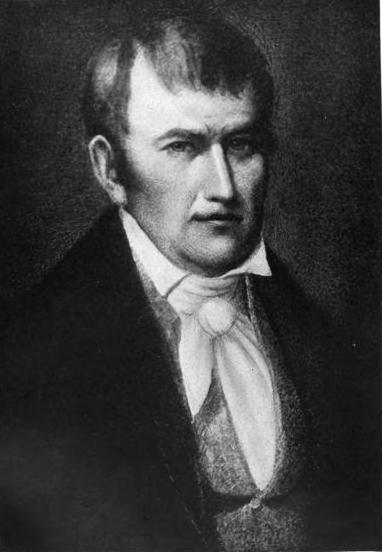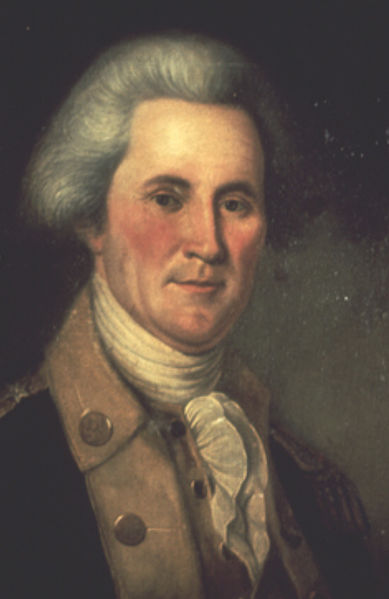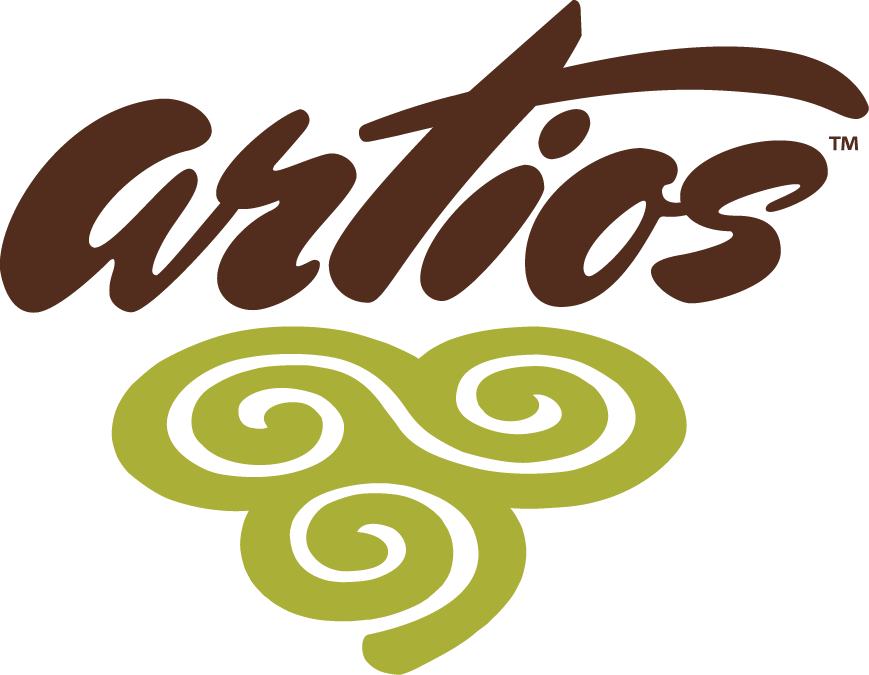[precontent]
[one_third]
Unit 16: Settling New Frontiers
[/one_third]
[two_third_last]

[/two_third_last]
[/precontent]
[three_fourth]
[box]
[box_header]
Unit 16 [flag bg_color=”#d6e3bc” text_color=”#9d241a”]Elementary[/flag]
[/box_header]
[box_content]
Unit Overview
- Subjects Covered
- Grammar, Literature, Composition, History
- Time Period
- Reformation and Revolutions
- Grade Level
- Elementary: 1 – 5
- Civilization
- American
- Literature
- Sign of the Beaver – by Elizabeth George Speare
[/box_content]
[box_content]
 Unit Description
Unit Description
[/box_content]
[box_content]
Leading Ideas and Biblical Principles
[list type=”arrow”]
- History is HIS Story – God’s story of love, mercy, and redemption through Christ.
- He made known to us the mystery of his will according to his good pleasure, which he purposed in Christ, to be put into effect when the times reach their fulfillment—to bring unity to all things in heaven and on earth under Christ. — Ephesians 1:9-10
- Godly leadership and servanthood are necessary for one to be a true reforming influence.
- Whoever wants to become great among you must be your servant, and whoever wants to be first must be your slave—just as the Son of Man did not come to be served, but to serve, and to give his life as a ransom for many..- Matthew 20:26 – 28
[/list]
[/box_content]
[/box]
[box]
[box_header]
Unit 16 Resources: [flag bg_color=”#d6e3bc” text_color=”#9d241a”]Elementary[/flag]
[/box_header]
[box_content]
[button id=”1″ link=”https://www.artioshcs.com/wp-content/uploads/2013/09/Early-Mod-Unit-16-Elem-Settling-New-Frontiers-PRINT-26-WWW.pdf” linking=”new-window” size=”medium” type=”simple” title=”unit”]Download Unit[/button]
[button id=”1″ class=”1″ link=”http://upload.wikimedia.org/wikipedia/commons/thumb/3/38/Viajes_de_colon_en.svg/800px-Viajes_de_colon_en.svg.png” linking=”new-window” size=”medium” type=”simple” title=”maps”]Download Maps[/button]
[button id=”1″ link=”http://www.phschool.com/atschool/ahon/history_interactive/mvl-1021/common_player.html” linking=”new-window” size=”medium” type=”simple” title=”maps”]Interactive Map[/button]
[tabs type=”simple” position=”top-left”]
[tab_title]Lesson 1: History[/tab_title]
[tab_content]
Lesson One Assignments:
- Read the article: General James Robertson and Governor John Sevier, pages 6 – 7.
- After reading the article, summarize the story you read by either:
- Retelling it out loud to your teacher or parent.
OR - Completing an appropriate notebook page.
Either way, be sure to include the answers to the discussion questions and an overview of key people, dates, and events in your summary. - Be sure to visit www.ArtiosHCS.com for additional resources.
Lesson One Discussion Questions:
- What was the name of Daniel Boone’s friend from North Carolina?
- Describe Governor Tryon.
- What happened on the Alamance River?
- Where did Robertson and others go?
- Where did they settle?
- Why did they like their new location area better?
- Describe John Sevier.
- What did John Sevier and James Robertson do?
- What did George Washington do for Robertson?
[/tab_content]
[tab_title]Lesson 2: History[/tab_title]
[tab_content]
Lesson Two Assignments:
- Read the article: General George Rogers Clark, pages 9 – 12.
- Define each vocabulary word in the context of the reading and put the word and its definition in the vocabulary section of your notebook.
- After reading the article, summarize the story you read by either:
- Retelling it out loud to your teacher or parent.
OR - Completing an appropriate notebook page.
Either way, be sure to include the answers to the discussion questions and an overview of key people, dates, and events in your summary. - Be sure to visit www.ArtiosHCS.com for additional resources.
Lesson Two Discussion Questions:
- What did the British have in the west?
- Where were three of those forts?
- Who hired the Native Americans to fight?
- How did they fight?
- What did most of the people in England think about this?
- Describe George III.
- What friend did Daniel Boone have in Virginia?
- What did Clark undertake to do?
- How far off was Fort Vincennes?
- Describe the first part of the march.
- What lands did they encounter?
- Describe how the men waded through the rivers.
- How did Clark save the lives of some of the men?
- Did Clark successfully take the fort?
- What did the Americans get possession of by this victory?
- What happened at the end of the Revolutionary War?
- What did Clark say?
- What is said of the grave at Louisville, Kentucky?
- What did Clark get for us?
[/tab_content]
[tab_title]Literature[/tab_title]
[tab_content]
Literature and Composition Assignments
- Read Chapters 6 – 10 in Sign of the Beaver.
- Now that you have completed your note cards, you will organize them into an outline.
An outline is a tool used by writers to organize their thoughts and order events, and it will help you stay focused when you begin actually writing your research book. It consists of main ideas and subtopics, and uses Roman numerals, letters and numbers to help create order.
For our outline, we will use phrases, or groups of words, for each main idea, subtopic, and supporting detail:
TITLE OF YOUR PIECE
I. Main Topic
- A. Subtopic
- 1. Supporting detail for Subtopic A
- 2. Supporting detail for Subtopic A
B. Subtopic
- 1. Supporting detail for Subtopic B
- 2. Supporting detail for Subtopic B
II. Second Main Topic
- A. Subtopic
- 1. Supporting detail for Subtopic A
- 2. Supporting detail for Subtopic A
B. Subtopic
- 1. Supporting detail for Subtopic B
- 2. Supporting detail for Subtopic B
III. Third Main Topic
- A. Subtopic
- 1. Supporting detail for Subtopic A
- 2. Supporting detail for Subtopic A
B. Subtopic
- 1. Supporting detail for Subtopic B
- Start by arranging your note cards into logical groups to help you decide the most important things for your paper. You may find that there are note cards that don’t fit into any category of your paper, and it’s okay to eliminate some of them.
- You should include as many topics as you need to cover to complete your explanation of your colony. Examples of outlines, including an example of an outline for this research book can be found in the Formats and Models section of the website.
- 2. Supporting detail for Subtopic B
Grammar Assignment
- Read the notes on Pattern 3, beginning on page 3.
- Complete the corresponding exercises on the Artios Home Companion website.
[/tab_content]
[/tabs]
[/box_content]
[/box]
[box]
[box_content]
[box_header]
Unit 16 Extra Resources: [flag bg_color=”#d6e3bc” text_color=”#9d241a”]Elementary[/flag]
[/box_header]
[tabs type=”simple” position=”top-left”]
[tab_title]Resources[/tab_title]
[tab_content]
[/tab_content]
[tab_title]Arts[/tab_title]
[tab_content]
Music:
The Music of Washington’s Time
[/tab_content]
[/tabs]
[/box_content]
[/box]

Leave a Reply
Want to join the discussion?Feel free to contribute!